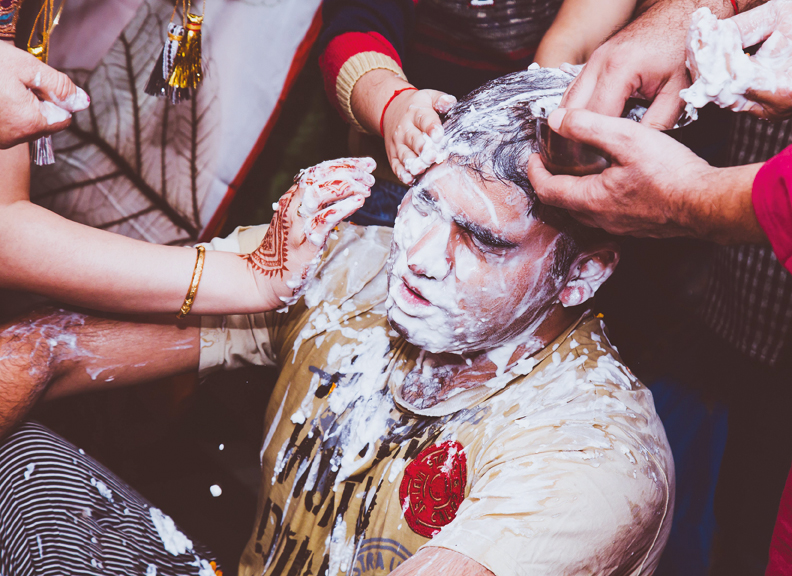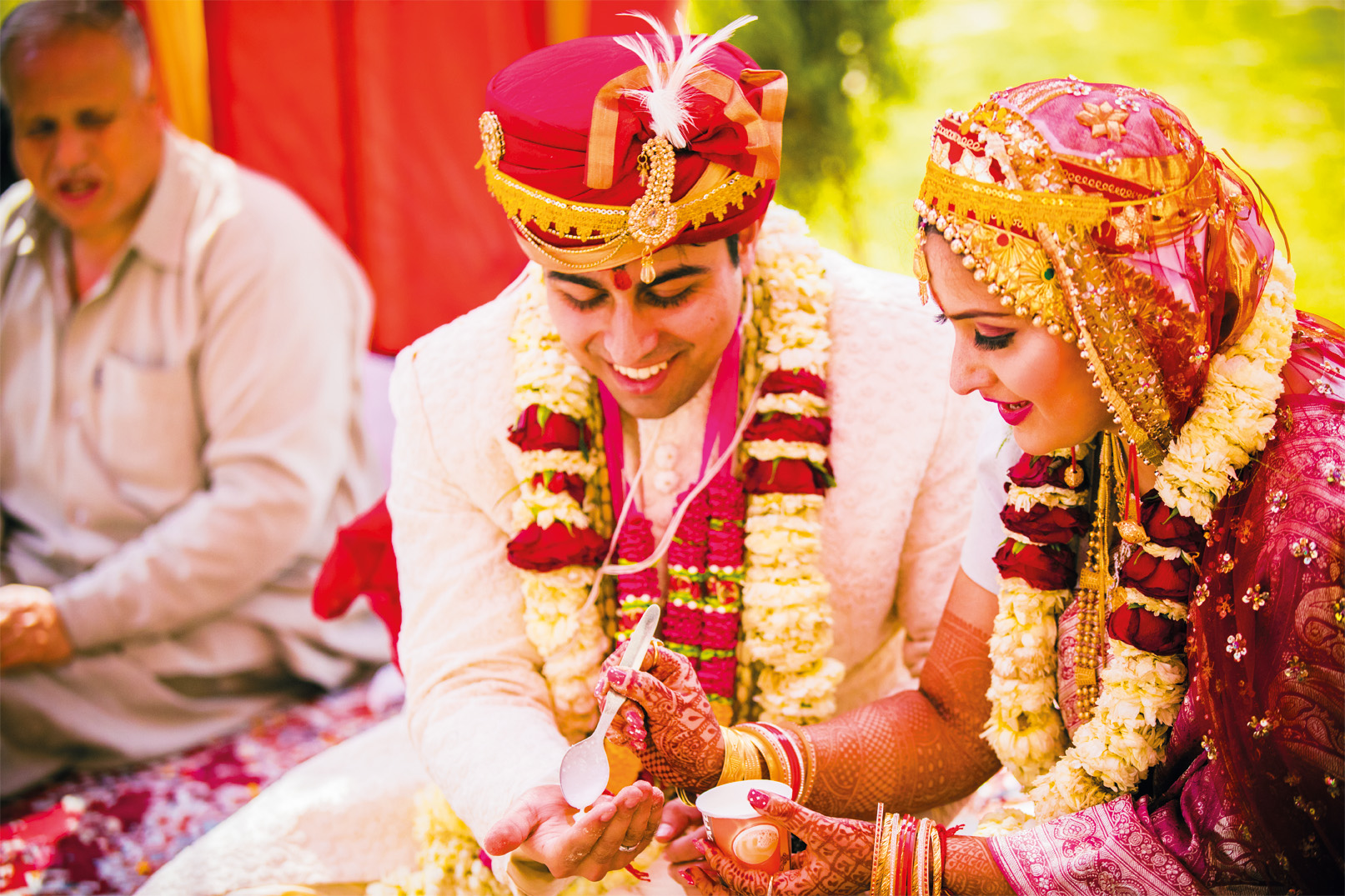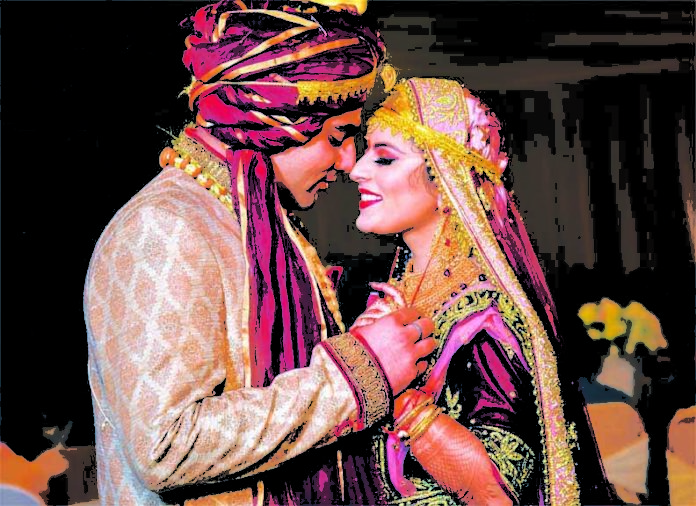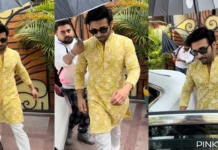Much like other regional weddings, a Kashmiri Brahmin wedding also begins with the matching of horoscopes or teknis (as they are called). Once, the horoscopes of the prospective bride and groom are matched, the purohit fixes the wedding date according to the Kashmiri calendar. And then, the celebrations galore, wrapped in the warm rituals of Kashmiri Brahmin culture set off.
SATLIVUN

With much love and adoration in her eyes, the bride’s maternal aunt begins this ritual. As a token of auspiciousness, the aunt lovingly braids the bride’s hair and applies mehendi on her hands – marking the very beginning of the wedding ceremonies. In the olden days, it was after this ritual that the bride would be restricted to stay at home until the wedding day. Wedding invitations are sent only after Satlivun.
KASAMDRY
An official ceremony of engagement succeeds Satlivun. The bride and groom exchange rings in the presence of their elders. The ritual is known as Kasamdry and usually performed in a temple. The eldest aunts of the bride and groom, prepare var (rice pudding) and distribute it among friends and family to let the word of the official engagement be heard. Gifts, flowers, cash and nabad (a pot containing misri) are sent to the groom’s family as a token of love.
LIVUN










